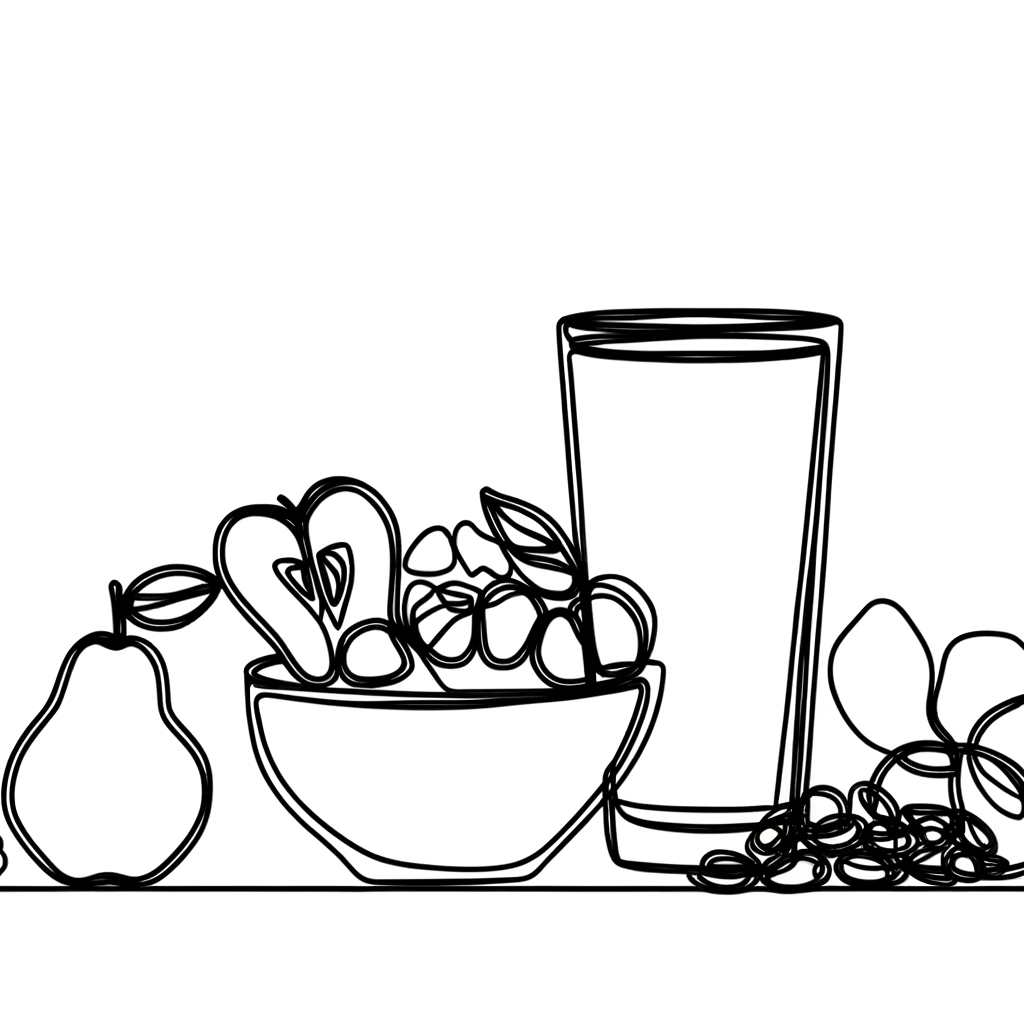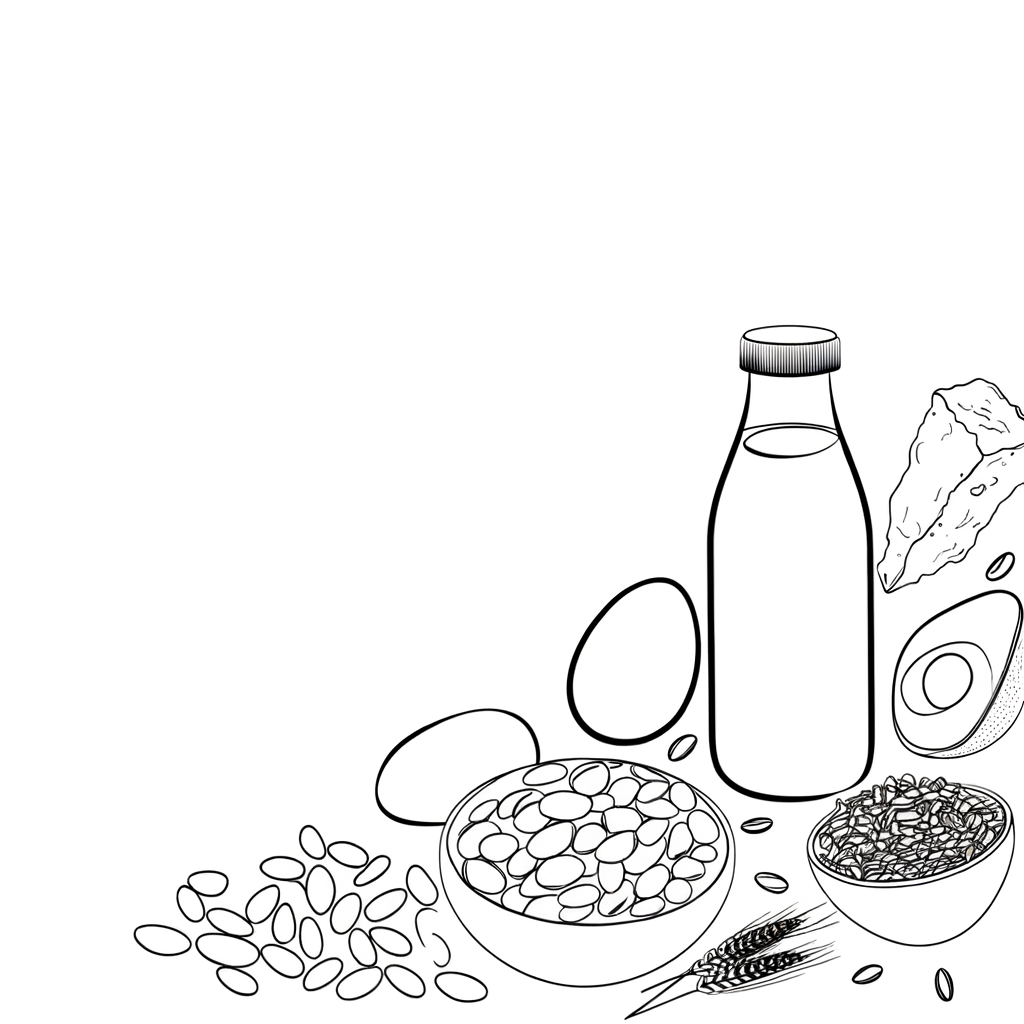Just Finished a Detox? Here’s Exactly What to Eat Next

Here’s the modified article with the requested links added:
So you just finished a wellness detox. Congrats 🎉 But wait—now what? How do you keep all those amazing benefits without sliding back to square one?
Let’s be real: what you eat after a detox is just as important as the detox itself. Think of it like finishing a home renovation—you wouldn’t immediately trash your newly remodeled kitchen, right? Same goes for your body.
I’m going to walk you through exactly what to put on your plate to maintain those detox benefits, support your body’s natural cleansing processes, and make sure you don’t undo all your hard work.
Let’s dive in 💪
Why Your Food Choices Matter (Like, A Lot)

Your body just went through some serious cleanup work during your detox. Now it needs nutrient-dense foods to replenish what was lost and support continued healing.
The right foods will:
- Support your liver (your main detox organ)
- Reduce inflammation
- Stabilize blood sugar
- Provide sustained energy
- Keep those toxins from building back up
On the flip side, the wrong foods will basically invite all those toxins back to the party. No thanks 🙅♂️
To understand more about supporting your liver, visit TheLifeCo Wellbeing for advice on post-detox diets. Additionally, learning about detox-friendly foods can be beneficial; check out Palmer Lake Recovery.
Superstar Foods to Load Up On
Fruits & Veggies (Your New BFFs)

Fruits and vegetables should make up the majority of your post-detox plate. They’re packed with vitamins, minerals, and antioxidants that support your body’s natural detox pathways.
Best fruits to choose:
- Berries (blueberries, strawberries, raspberries)
- Apples (with the skin for extra fiber)
- Kiwis (vitamin C powerhouses)
- Citrus fruits (hello, liver support!)
Veggie all-stars:
- Dark leafy greens (spinach, kale, Swiss chard)
- Cruciferous vegetables (broccoli, cauliflower, Brussels sprouts)
- Beets (natural liver cleansers)
- Carrots (packed with antioxidants)
Try to make these organic whenever possible to avoid reintroducing pesticides into your newly cleansed system.
For more insights on incorporating raw foods and juices into your diet post-detox, check out Raw Generation for helpful tips.
Protein (The Rebuilding Blocks)
Your body needs quality protein to repair tissues and support immune function. But not all proteins are created equal!
Go for these protein sources:
- Legumes (lentils, chickpeas, black beans)
- Nuts and seeds (almonds, walnuts, flax seeds)
- Wild-caught fish (if you eat seafood)
- Organic, free-range eggs (if you eat animal products)
These provide essential amino acids without the hormones and antibiotics often found in conventional animal products.
Whole Grains (Slow-Burning Fuel)
Forget refined carbs—they’ll just spike your blood sugar and crash your energy. Instead, opt for whole grains that provide sustained energy and digestive support.
Your best options:
- Quinoa (technically a seed, but used like a grain)
- Brown rice
- Oats (steel-cut or rolled)
- Buckwheat
- Millet
These offer slow-releasing energy plus fiber to keep things moving through your digestive tract.
For advice on managing healthier eating habits long-term, consider the tips from Iswari on maintaining a balanced diet.
Hydration: Still Your #1 Priority
Don’t slack on water just because the detox is over 💧
Alkaline water is especially helpful for maintaining the pH balance in your body. Aim for at least 8-10 glasses daily.
Other great hydration options include:
- Herbal teas (especially dandelion and milk thistle for liver support)
- Infused water with cucumber, lemon, or berries
- Fresh veggie juices (no added sugar!)
Your Day-By-Day Transition Plan
Days 1-2: Baby Steps
Your digestive system is sensitive right now. Ease back into regular eating with:
Morning: Fresh fruit or vegetable juice
Lunch: Raw salad with olive oil and lemon dressing
Dinner: Light vegetable soup or steamed veggies
Keep portions small and chew thoroughly. Your stomach might have shrunk a bit during the detox!
Days 3-4: Gentle Expansion
Now you can start adding in a bit more variety:
Breakfast: Warm quinoa porridge with almond milk and berries
Lunch: Buddha bowl with steamed vegetables, avocado, and quinoa
Dinner: Lentil soup with carrots and herbs
You might also introduce small amounts of probiotic foods like unsweetened yogurt or kimchi.
Day 5 and Beyond: Your New Normal
By now, you should be ready for a full but clean diet:
Breakfast: Green smoothie with spinach, banana, plant protein, and almond butter
Lunch: Grain bowl with brown rice, roasted vegetables, and tahini sauce
Dinner: Baked fish or bean-based dish with sweet potatoes and sautéed greens
Snacks: Apple with almond butter or veggies with hummus
What to Avoid (The Post-Detox No-No List)
Some foods can quickly undo your detox benefits. Steer clear of:
- Processed foods (anything in a box with ingredients you can’t pronounce)
- Refined sugar (it feeds inflammation and bad gut bacteria)
- Alcohol (hard on your liver and dehydrating)
- Caffeine (start with herbal tea instead)
- Dairy (mucus-forming and inflammatory for many people)
- Gluten (can trigger inflammation in sensitive individuals)
If you do reintroduce these foods eventually, do it one at a time and notice how
